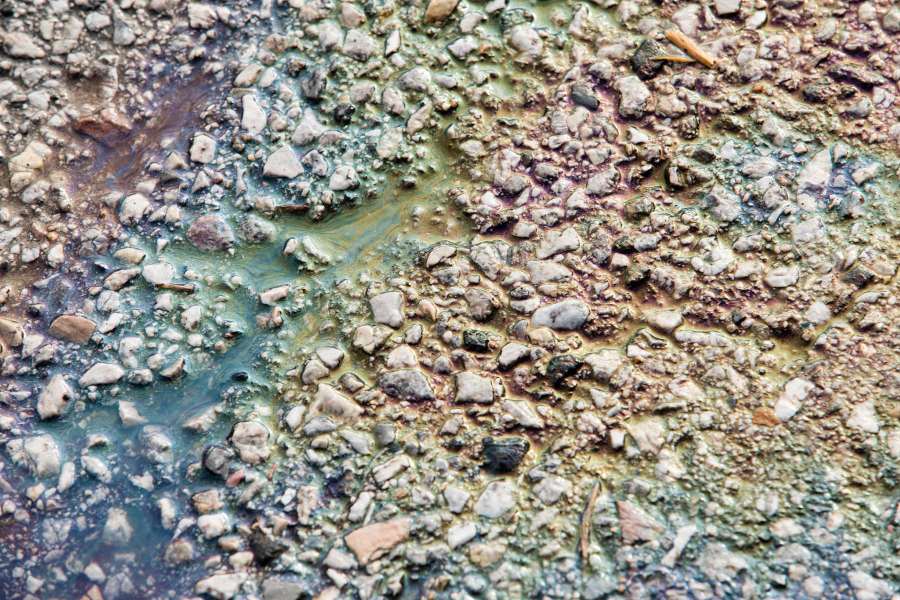Chemical contaminants persist across Chesapeake Bay watershed
PCBs and mercury are among the most widespread toxins in our waterways, according to a new report.

PCBs and mercury are among the most widespread toxins in our waterways, according to a new report.

Comments
nice
Thank you!
Your comment has been received. Before it can be published, the comment will be reviewed by our team to ensure it adheres with our rules of engagement.
Back to recent stories